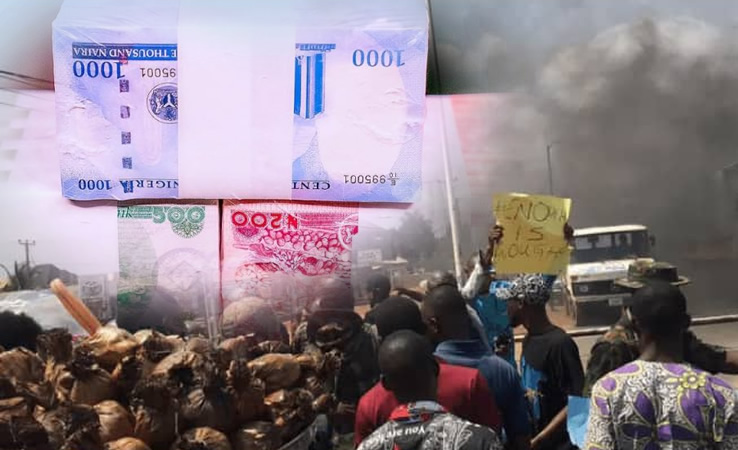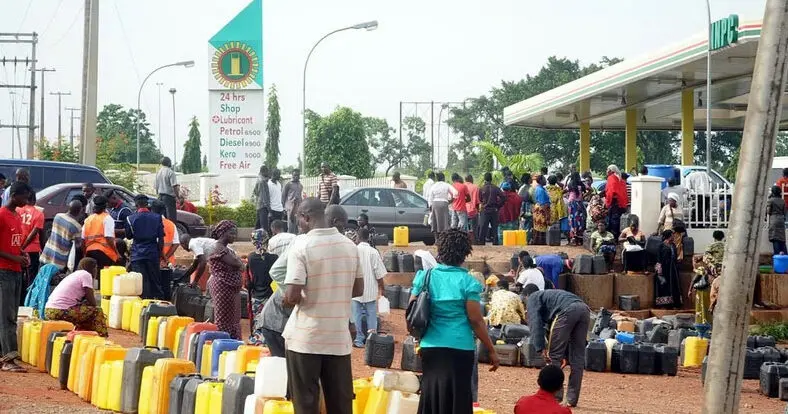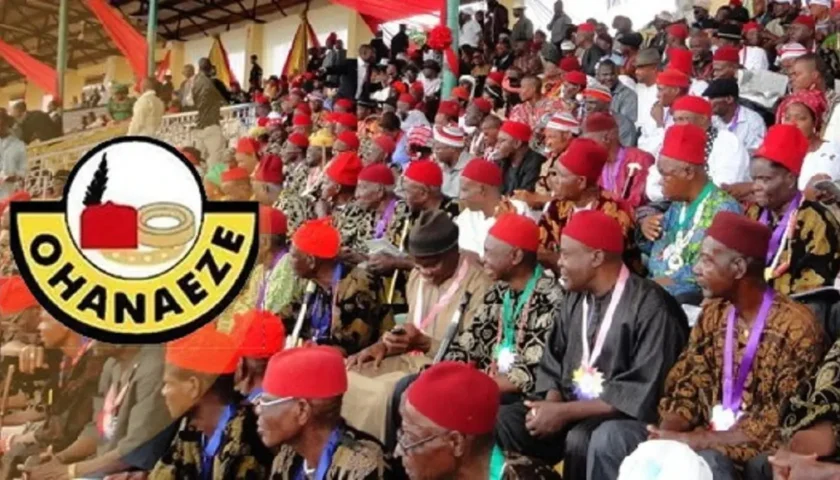The March 2023 Cadre Harmonise report has declared that no fewer than 28.4 million Nigerians in 26 states and the Federal Capital Territory (FCT), Abuja will face severe crisis between June and August this year due to the naira and petrol scarcity.
The analysis covered 26 states, including Abia, Adamawa, Bauchi, Benue, Borno, Cross River, Edo, Enugu, Gombe, Jigawa, Kaduna, Kano, and Katsina. Others include Kebbi, Kogi, Kwara, Lagos, Nasarawa, Niger, Ogun Plateau, Rivers, Sokoto, Taraba, Yobe, and Zamfara, as well as the Federal Capital Territory.
The report which was released in Abuja yesterday (Thursday) also stated that some 18,000 internally displaced persons will be affected. The report which covers 26 states also said about 17.7 million people including 14,000 IDPs in 26 states and the FCT would face crisis through May 2023. According to the report, the naira redesign was one of the key drivers of the crisis.
It explained that the withdrawal of the old naira notes from circulation created a serious bottleneck to households’ ability to access cash and food commodities. “The prolonged scarcity of petroleum motor spirit, commonly called petrol, and the associated hike in the pump price of the commodity across the states, led to an astronomical rise in transport fares and cost of food products in Nigerian markets.

“The consistent rising price of food commodities and agricultural inputs across Nigerian markets is one of the drivers of food insecurity. The general consumer price index shows an increase from 15.7 per cent in February 2022 to 21.9 per cent in February 2023 (that is 39.49 per cent point increase) year-on-year,” it said.
It further pointed out that insecurity, especially insurgency in the north-east states, particularly in Borno, Adamawa and Yobe, was still persistent. “There is armed banditry and kidnapping for ransom in some North-West states such as Katsina, Sokoto and Kaduna, as well as North-Central states of Benue and Niger, which have also lingered,” the CH report stated.
It noted that food consumption levels had remained inadequate and below the desired threshold across most of the states. The report further stated that in some local government areas in Adamawa, Borno, and Yobe, food consumption was so critical that most of the LGAs fell under the crisis phase.
“During the current analysis period, most of the households in the analysed areas adopted crisis to worse level livelihood coping measures. The implication is that most households had irreversibly disposed of their livelihood assets to meet their food and non-food needs.
“This is most common in the insurgency affected states of Adamawa, Borno and Yobe, where the number of affected LGAs stands at four, 13, and 10, respectively. The nutrition situation deduced from the IPC acute malnutrition projection for January to April 2023, covering Adamawa, Borno and Yobe (North-East), and Katsina, Sokoto and Zamfara (North-West), shows prevalence of crisis to worse nutrition situation across the states,” the report stated.
The report recommended that the government and humanitarian community should sustain the implementation of life-saving interventions of food assistance and unconditional cash transfers (social welfare package) to vulnerable populations in the affected areas.
Cadre Harmonise is an initiative led by the federal ministry of agriculture and rural development in Nigeria, through the national programme for food security, working closely with other government ministries, departments, and agencies.
The report is produced with technical and financial support from global, regional, and national partners including the United Nations Food and Agriculture Organisation, World Food Programme, Save the Children, UNICEF, Mercy Corps, among others.
Source: The Cadre Harmonise





